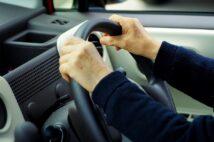Amid the social demand for measures to prevent accidents caused by elderly drivers, the National Public Safety Commission announced on November 4, ``Enforcement Regulations of the Road Traffic Law'' to create a new "limited license" system. Draft Cabinet Office Ordinance for Partial Revision”.
As a result, from May 13, 2022, it is expected that a new license will be established that limits the vehicles that can be driven to "safe driving support vehicles (commonly known as support cars)" such as vehicles equipped with collision damage mitigation brakes. The National Police Agency is soliciting public comments from November 5th to December 4th in order to materialize the limited conditions.
It is expected that the establishment of the "support car limited license" will have the effect of promoting the spread of vehicles with enhanced safety functions. Based on the background and history of its establishment, we will explain the outline of the system.
Contents
Background and Purpose of the Establishment of the “Support Car Limited License” System
The draft Cabinet Office Ordinance compiled this time is based on the contents of the Road Traffic Law revised in June 2020. At the time of the revision, the establishment of penalties for "tailgating" was a hot topic, but at the same time, the focus of the revision was the formulation of a system that would contribute to the prevention of accidents caused by elderly drivers.
There are two key points in the revised Road Traffic Act. The other is a driving skill test for drivers over the age of 75 with a certain history of violations, which is also scheduled to be implemented from May 2022.
Until now, as a measure to prevent accidents caused by elderly drivers, there was a voluntary return system for driver's licenses that started in 1998. The number of donations has increased in the form of a rise in awareness of social issues, with more than 600,000 returned in 2019 and more than 550,000 in 2020.
On the other hand, many pointed out that the option of returning the driver's license is not realistic for those who need a car in their daily lives due to problems such as transportation convenience. .
The support car limited license is a license system that assumes such people who say, "I need a daily life car, but sometimes I feel uneasy about driving." Therefore, switching to a limited license is based on a voluntary application, and compulsory switching dispositions due to traffic violations or driving skill tests are not carried out.
Originally, at the stage of considering the system, the support car limited license was positioned as an "intermediate stage" until the license was returned. On the other hand, the target is not limited to elderly drivers, and it is expected that applications will be possible regardless of age, such as those who drive infrequently and are not confident in operation.
Currently, the target vehicle types for the "support car limited license" are not specified, and it is believed that the requirements will be specified by May next year.
Originally, "support car" or "safe driving support car" is a vehicle category that the government's Traffic Control Headquarters took the lead in setting requirements. Broadly speaking, they are classified into two types: the standard "support car" equipped with a collision damage mitigation brake, and the "support car S" equipped with a "pedal misapplication sudden start control device" in addition to this.
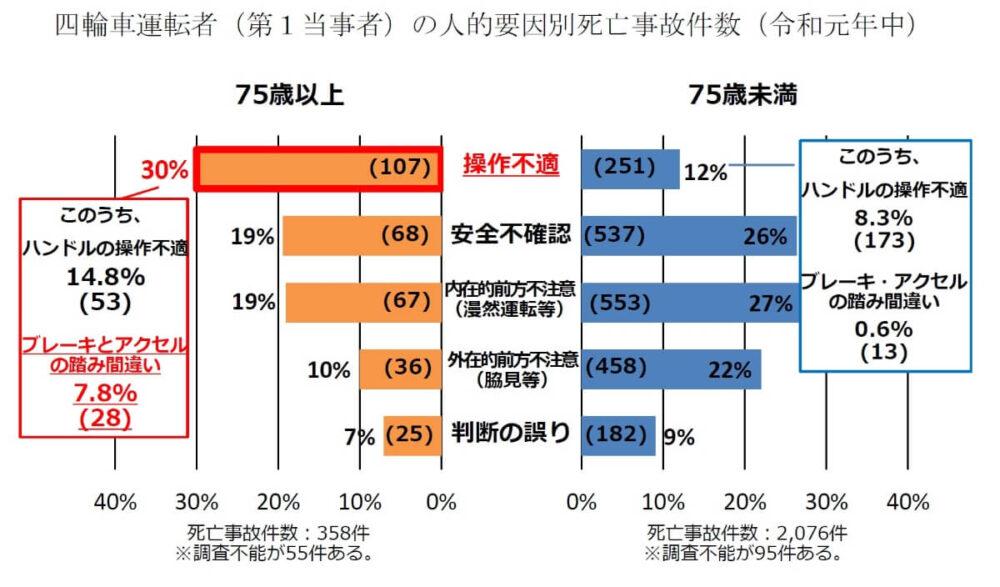
In addition, "Safety Support Car S" is divided into three types, "Basic", "Basic +" and "Wide", depending on the operating speed of the collision damage mitigation brake and detection targets.
| Support car | Collision damage mitigation brake |
| Support car S (basic) | Low-speed collision damage mitigation brake (for vehicle), pedal misapplication sudden start suppression device |
| Support Car S (Basic+) | Collision damage mitigation brake vehicle), pedal misapplication sudden start suppression device |
| Support Car S (wide) | Collision damage mitigation brake (for pedestrians), pedal misapplication sudden start Start suppression device, lane departure warning, advanced lights |
Which of these categories will be subject to limited licenses, or whether new categories will be established separately, will likely be one of the considerations before implementation.
Functions such as "prevention of stepping errors" and "speed control" are also under consideration
Towards the establishment of a support car limited license, etc. In the final report (March 2020) of the Research Subcommittee on the Restricted License, opinions from various quarters regarding the requirements for vehicles subject to limited licenses and realistic feasibility have been compiled.
In addition to the collision damage mitigation brake set for the normal "support car", the requirements for the target vehicle include whether to include the "pedal misapplication sudden start suppression device" set for the "support car S". Points are one of the considerations.
Because the number of accidents caused by misapplication of the accelerator and the brake tends to increase among the elderly, it is thought that functions that can prevent this are considered to be a high-priority condition.
In addition, even if a collision damage mitigation brake is installed, the operating speed varies depending on the manufacturer and vehicle type, and many of them are not compatible with high speed ranges. ” is cited as a concern.
From this point of view, the subcommittee is also discussing adding a "speed control device" that does not exist in the current "support car" requirements to the limited license requirements.
However, looking at the results of the hearing survey conducted by the subcommittee on the feasibility of speed control devices to automobile manufacturers, there were many voices saying that it was technically possible, but it was not commercially viable. The outlook is not clear, and it may be difficult to imagine that it will be added to the requirements for "support cars" when the system is newly established.
For the establishment of a new system, there are still issues to be considered about the "support car limited license", but it is considered to be an effective option for those who "have a car but are worried about driving".
As the number of elderly drivers increases year by year, a license system that encourages drivers to select vehicles with advanced safety equipment can be expected to contribute to the improvement of traffic safety.
In the above-mentioned subcommittee, the accident deterrence effect of "Support Car S (Wide)" was verified, and the ratio of the vehicle to be the first party (those who are heavily at fault in the accident) in accidents resulting in injury or death The result shows that it is reduced by about 40% compared to the case of a vehicle.
On the other hand, another point will be how to appeal the system to drivers who are not currently driving a vehicle that falls under the support car category.
A subsidy system for purchasing a support car is currently available, but it is thought that there are many drivers who find it difficult to replace.
In order to promote the spread of active safety equipment, it seems necessary to broaden the base, such as considering the inclusion of "retrofitting" collision damage mitigation brakes in the scope of the system.
(Data source: PDF materials on the National Police Agency website, "Survey Research Report on Measures to Prevent Traffic Accidents for Elderly Drivers" and "Number of Driver's License Cancellations (Voluntary Returns) and Driving Record Certificates Issued") transition”)

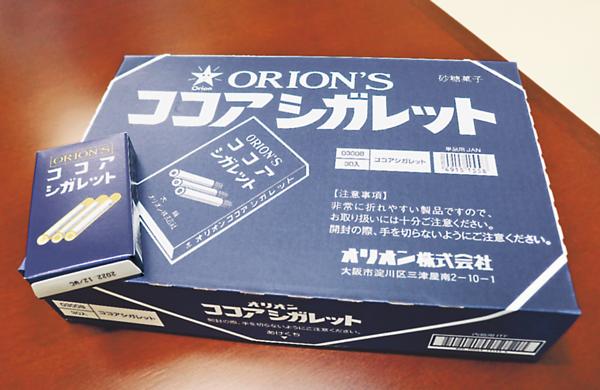

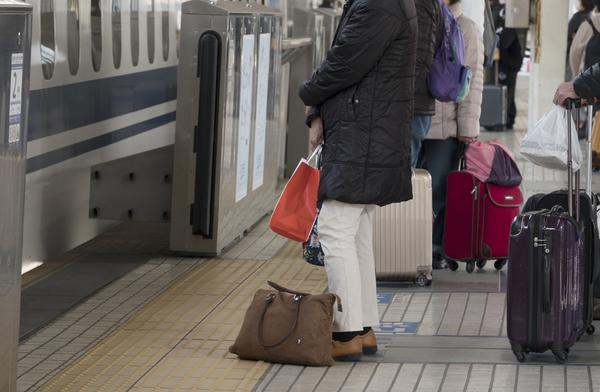
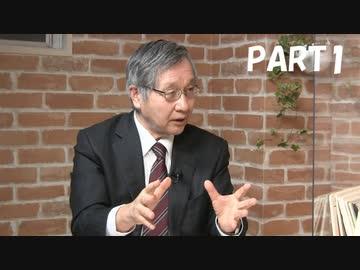
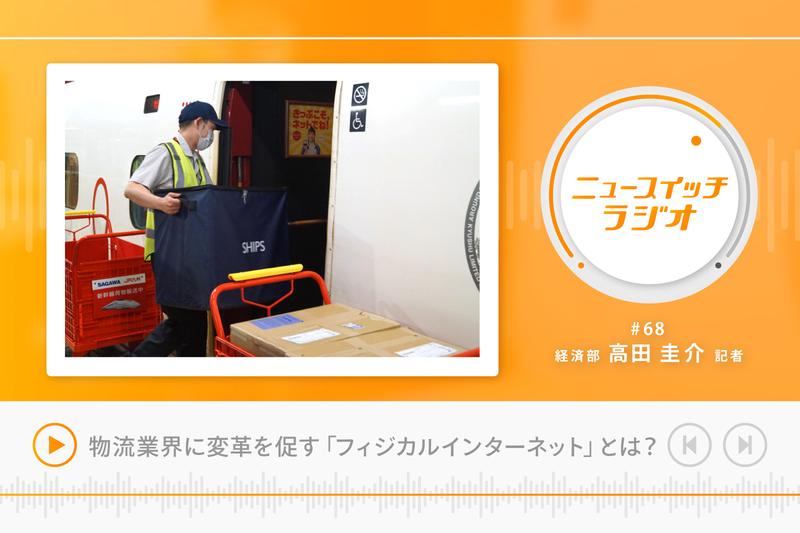
![[New Toyota Voxy (90 series)] Amplifies the characteristics of the aero body! A design that further enhances the power of the front mask! #Works direct custom deep layer 001](https://website-google-hk.oss-cn-hongkong.aliyuncs.com/drawing/article_results_9/2022/3/25/01568e2fbf021c0eaf7d013507c850a4_0.jpeg)

![[Toyota Noah / Voxy new model] Modellista releases various customized parts ... Actual vehicle exhibited at Tokyo Auto Salon](https://website-google-hk.oss-cn-hongkong.aliyuncs.com/drawing/article_results_9/2022/3/25/8268612c1e5941e62d3dfd07f8991b2f_0.jpeg)
